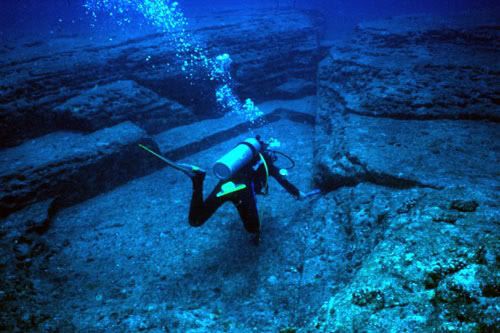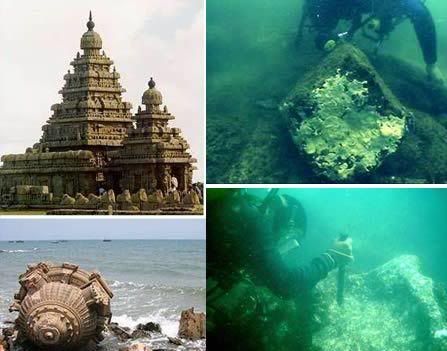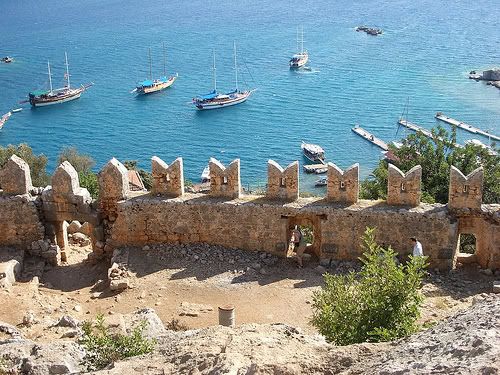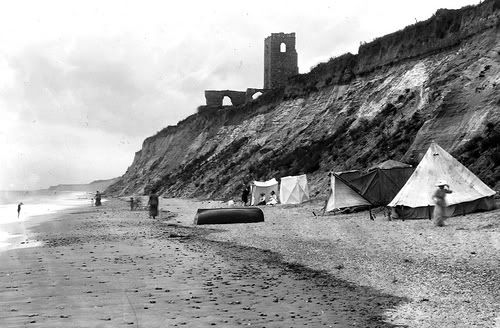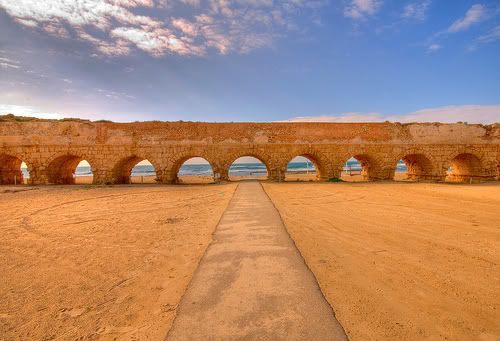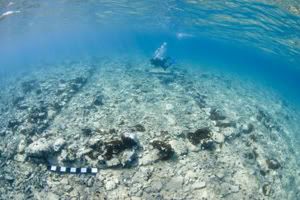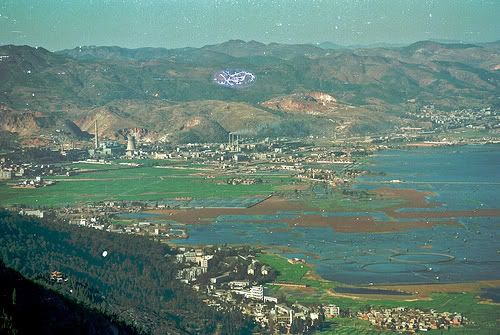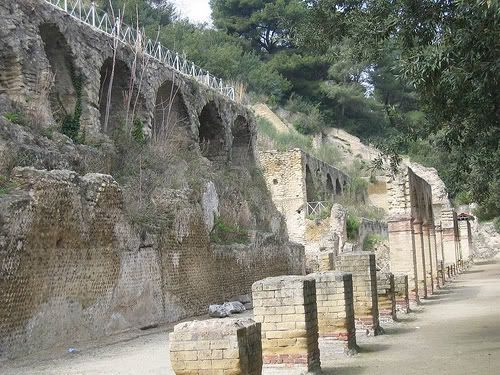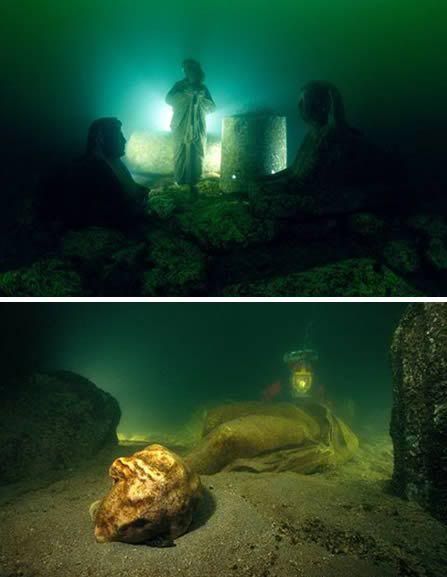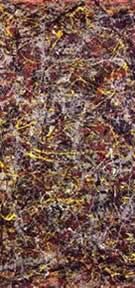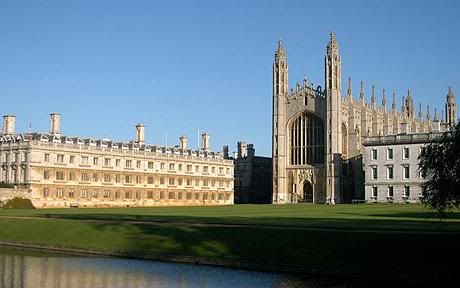
Known as the second-oldest university in the English-speaking world, this university was formed by scholars who left the University of Oxford over a dispute in 1209. The two schools have, therefore, a long history of rivalry between them. Currently, Cambridge is ranked as one of the world’s top five universities and is a premier leading university in Europe. As of 2009, the alumni from this university account for eighty-five Nobel Laureates. Cambridge now consists of 31 colleges comprised of over 150 departments, faculties, schools and other institutions.
9. University of Montpellier, France (Founded : 1150 AD)
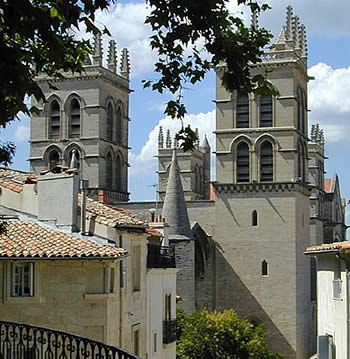
Located in Montpelier, France, this university also is considerably older than its founding date of 1150. A papal bull issued by Pope Nicholas IV in 1289 combined all long-existing schools into one main university. This university was suppressed during the 1793 French Revolution, but the faculties of science and letters were re-established in 1810, law in 1880. This university, in the spirit of modernism, was “re-founded” in 1969. The modern focus is on science and technology.
8. University of Oxford, England (Founded : 1096 AD)
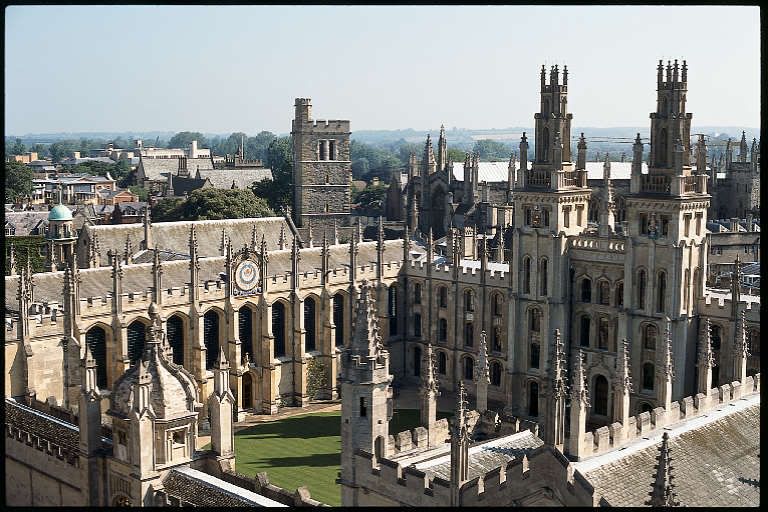
The exact date of this university’s founding is unclear. The formal founding date, however, is 1096 — although teaching from the Oxford location is considerably older than this date. This institute developed rapidly from 1167, when Henry II banned English students from attending the University of Paris. The school has temporarily closed twice, once in 1209 for the town execution of two scholars and in 1355 for the St. Scholastica riot. Currently, this oldest English-speaking university contains 38 colleges, each with its own internal structure and activities.
7. University of Paris, France (Founded : 1090 AD)
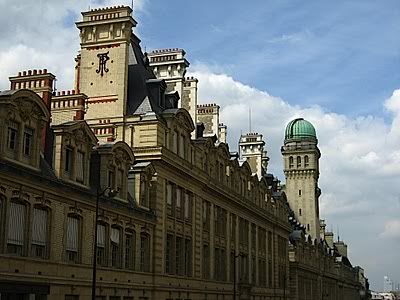
This institution was established in 1090 but abolished in 1789 by the French Revolution. Teaching suspended for two years from 1229 under similar circumstances to Oxford’s later St. Scholasticas riots in 1355. The modern University of Paris was established to continue in the footsteps of the original. In 1890, 101-years after the abolition of the medieval schools, Napoléon’s 1808 academy of the Imperial University received university status in Paris. Following rioting in 1968 by Paris students the new university was again dissolved. Its assets were split into 13 independent institutions by the French government’s 1970 reforms. Several of the 1970′s vintage foundations incorporated the word “Sorbonne” in their name, also acquiring some buildings of older vintage, but these are not the Sorbonne of 1253 – it too was abolished in 1789 by the French Revolution.
6. University of Bologna, Italy (Founded : 1088 AD)
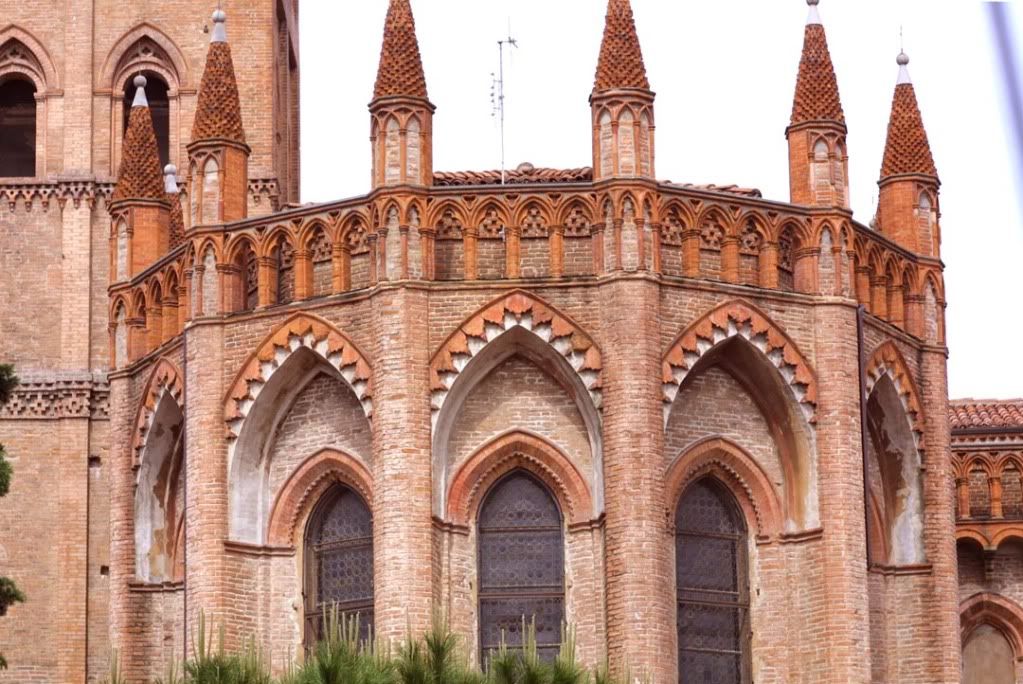
This university was the first higher-learning institute established in the Western world in 1088. The term, “university,” was coined at its creation. Located in Bologna, Italy, this university led the Western world in educational innovations until the period between the two World Wars. At that time, leaders called upon the university to forge relationships with institutions in more advanced countries to modernize and re-invigorate its educational philosophies. This university met the call and, today, is considered a leader in the European university system.
5. Al-Nizamiyya, Iran (Founded : 1065 AD)
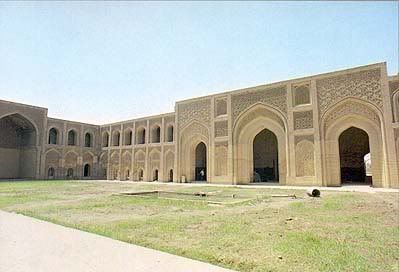
This series of universities was established by Khwaja Nizam al-Mulk in the eleventh century in what is now present-day Iran. The most celebrated of all the Nizamiyya schools is Al-Nizamiyya of Baghdad, established in 1065 in Dhu’l Qa’da and that remains operational in Isfahan. But, this was just one of many Nizamiyyah schools — others were located in Nishapur, Amul, Mosul, Herat, Damascus, and Basra. The Nizamiyya schools served as a model for future universities in the region, and al-Mulk often is seen as responsible for a new era of brilliance which caused his schools to eclipse all other contemporary learning institutions.
4. Al-Azhar University, Egypt (Founded : 972 AD)
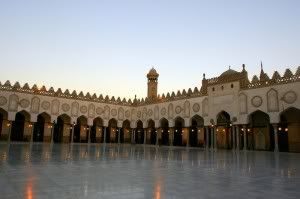
This university, located in Egypt, is the world’s second oldest surviving degree-granting institute. Founded in 970-972, this university serves as a center for Arabic literature and Sunni Islamic learning. Al-Azhar university concentrates upon a religious syllabus, which pays special attention to the Quranic sciences and traditions of the Prophet Muhammad on the one hand, while also teaching all modern fields of science.
3. University of Al Karaouine, Morocco (Founded : 859 AD)

Located in Fes, Morocco, this university originally was a mosque founded in 859 by Fatima al-Fihri, a woman. It developed into one of the leading universities for natural sciences. It wasn’t until 1957 that the university added mathematics, physics, chemistry and foreign languages. This university is considered the oldest continuously-operating degree-granting university in the world by the Guiness Book of World Records.
2. University of Nanjing, China (Founded : 258 AD)

Nanjing is a major commercial center with over six million inhabitants, is located on the lower Yangtze River in eastern China. Nanjing has served as the capital of China during several periods of history, including much of the Ming Dynasty, and has long been a center for learning and the arts. Nanjing University, one of the most prestigious universities in China, was founded in the early 20th century, but traces its lineage back to AD 258. Nanjing University was refounded in 1915 with the name Nanjing Higher Normal Institute on the site of former Nanking Imperial Universitywhich, was originally founded in the first year of Yong’an reign (AD 258) under the Kingdom of Wu by the emperor Sun Xiu, and the first president Wei Zhao.
This was the Kingdom’s central university. In 470 during the Song Dynasty, the Imperial Nanking University became a comprehensive institution combining higher education and research and consisted of five divisions: Literature, History, Confucianism, Dao Study and Yin Yang Study, and it was the first research educational institution in history. In the period the faculty members included such scholars and scientists as Zu Chongzhi, Ge Hong, Wang Xizhi. In the 15th century during the Ming Dynasty, the Imperial Central University in Nanking was the world’s largest higher education institution, with about 10 thousand students, many of whom came from a number of other countries.
1. The University of Nalanda, India (Founded : 500 BC)
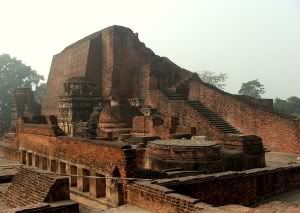
The site of Nalanda is located in the Indian state of Bihar, about 55 miles south east of Patna, and was a Buddhist center of learning from 427 CE to 1197 CE partly under the Pala Empire. It has been called by historians “one of the first great universities in recorded history.”
Nalanda was one of the world’s first residential universities, with dormitories for students. In its heyday it accommodated over 10,000 students and 2,000 teachers. Nalanda had eight separate compounds and ten temples, along with many other meditation halls and classrooms. The library was located in a nine storied building where meticulous copies of texts were produced. The subjects taught at Nalanda University covered all fields of learning, and it attracted pupils and scholars from Korea, Japan, China, Tibet, Indonesia, Persia and Turkey. The Tang Dynasty Chinese pilgrim Xuanzang left detailed accounts of the university in the 7th century.
It is said that The Buddha himself often visited and stayed at the university, which is well known for its Buddhist teachings and knowledge. In 1193, the Nalanda University was sacked by Bakhtiyar Khilji (Muslim Turk leader who invaded, sacked and conquered much of northern India), a milestone in the decline of Buddhism in India. The Persian historian Minhaz, in his chronicle the Tabaquat-I-Nasiri, reported that thousands of monks were burned alive and thousands beheaded, and the burning of the library continued for several months, when “smoke from the burning manuscripts hung for days like a dark pall over the low hills.”
